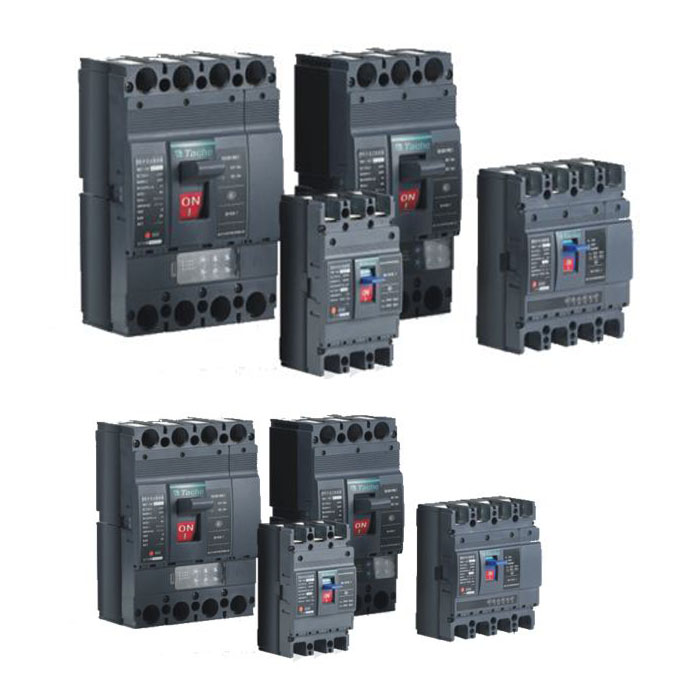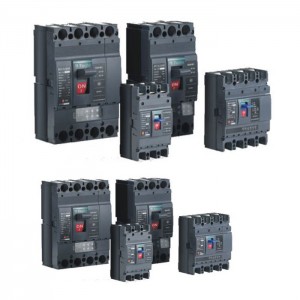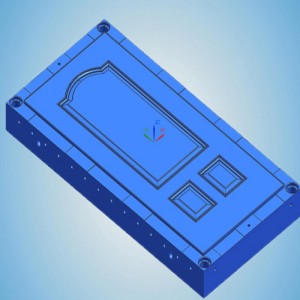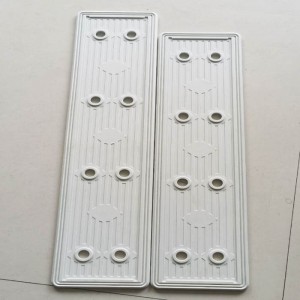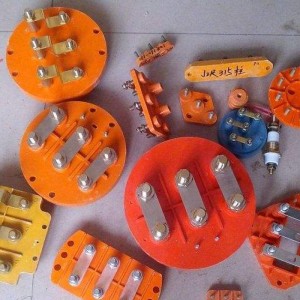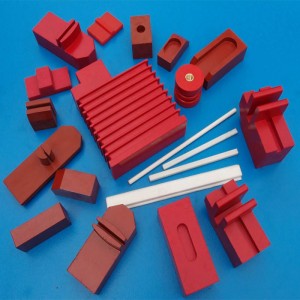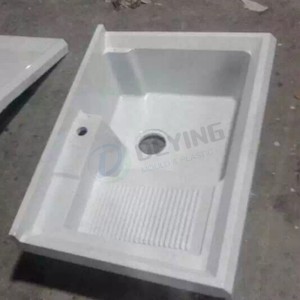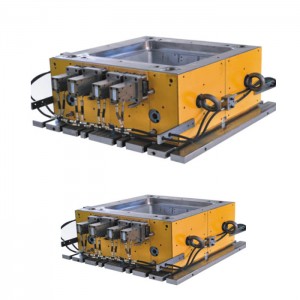Circuit breaker housing mould
In the early 1950s, polyester molding compounds gradually replaced molding compounds such as phenolic and urea-formaldehyde. Later in the UK it was officially referred to as the abbreviation of DMC, DoughMouldingCompound. DMC has the advantages of easy molding, low cost, coloring, and good electrical properties. In the field of electrical appliances, it is possible to manufacture components with complex structures, which are widely used. However, people have also found that DMC products have poor surface smoothness, are prone to cracks, are not dense, and have low mechanical properties. It is difficult to process the feeding operation. In order to solve these problems, people use low shrinkage and low waviness additives to improve the appearance of the products. Product dimensional accuracy; thickener added to control viscosity; GF (glass fiber) content and length adjusted to obtain better mechanical properties. In the 1970s, the improved DMC was called the bulk (scattered) polyester molding compound - BMC (short for English BulkMouldingCompound). In Europe, where DMC originated, this molding compound is also commonly referred to as BMC. But there are still a few and countries or companies still call it DMC. According to the American Plastics Industry Association (SPI), "low-shrinkage and chemically thickened DMC is called BMC." BMC is also known as PMC (PremixMouldingCompound) - pre-mixed molding mixture

